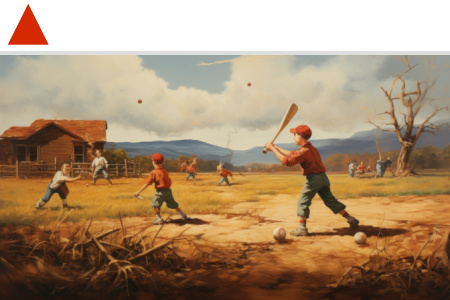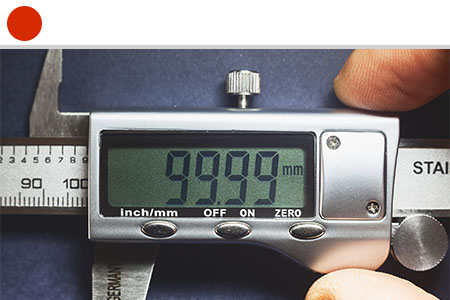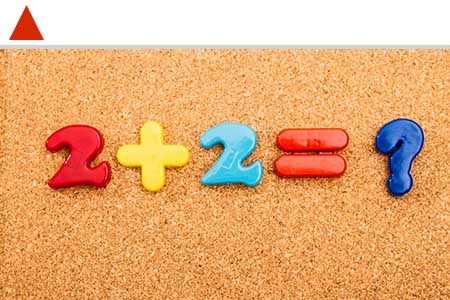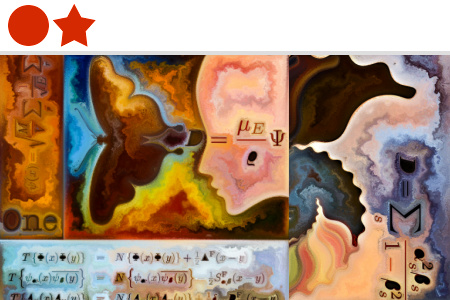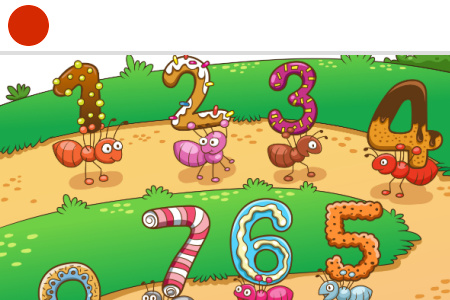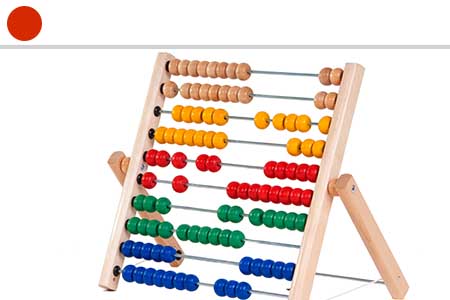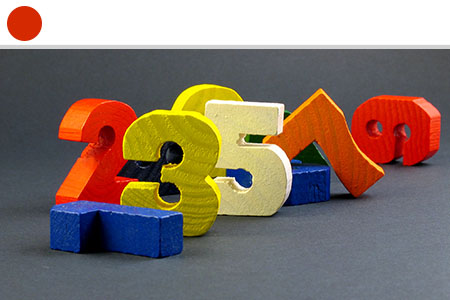Course Sample for Our Intro to Calculus: Derivatives and Integrals Homeschool Math Course
Welcome to your first class in Calculus, and not the dental kind, either. Dental calculus comes from the root word for calcify. Mathematical calculus comes from a root that means calculate. That’s how we get a single word meaning two vastly different things. It does, however, give us a pun we can sink our teeth into.
Course Introduction
Traditionally, Calculus is taught in colleges as three one-semester courses. Because one year of high school is equivalent to one semester of college credit, High School Calculus is taught as a full-year course. It covers the first semester of college Calculus.
Our textbook will be the first seven chapters of Contemporary Calculus, by Dale Hoffman, which you may download in two parts from the lessons page at SchoolhouseTeachers.com. This guide will help you pace yourself through the book, but the lessons, problems, and quizzes will come directly from the text.
The author of the textbook does a good job of painting word pictures to describe the math. You must read each paragraph like you would a story. Do not expect to skip the readings or examples and still understand the problem sets.
Instead, try to visualize the picture the author is creating with his words. For example, in the first lesson, he asks you to imagine drawing a graph on a wall and driving nails into the wall at points on the graph. Did you form a mental picture? That kind of in-depth reading will be required as you proceed through the course.
Another word to the wise: Don’t try to read at midnight and expect to remember what you read the next day, either. I know, because I’ve tried it. It didn’t work. Study math when your brain is fresh, probably in the morning.
The course is designed with practice problems to work out as you read each lesson. Don’t forget, however, to also work through each example as it is presented in the textbook, along with the solution. This will be critical to your understanding of the course.
To be very clear, every section except section 0.1 has problems in the reading labeled “Practice Problems.” You should work those out before you continue reading. They have answers after the problem set at the end of every section. The problems labeled “Example Problems” are worked out in the text, but you should also try to work them out in your notes as you follow along.
There are answer keys provided. Odd problems have their answers in the back of the book. Practice problems included in the textbook have their answers in each section, after the problem set. Selected even problems will be suggested in this lessons guide for extra practice. Those will be found in a separate answer key. You may attempt the other even problems on your own, but no answer key will be available for them.
It should go without saying, but do not forget this step. After you check your work, go back and rework the problems you got wrong. Studies have shown that once you make a mistake, you have to go back and do it correctly several times to erase the mistake from your memory patterns. If you never go back to correct your work, you will be more likely to remember the mistake instead of the correction.
Pro tip: the question directly before or after the one you missed will likely be a similar problem. Once you know how to solve the one you missed, try to do the similar problem. Then check your work on a graphing calculator.
To view a full sample of this course, click here.








